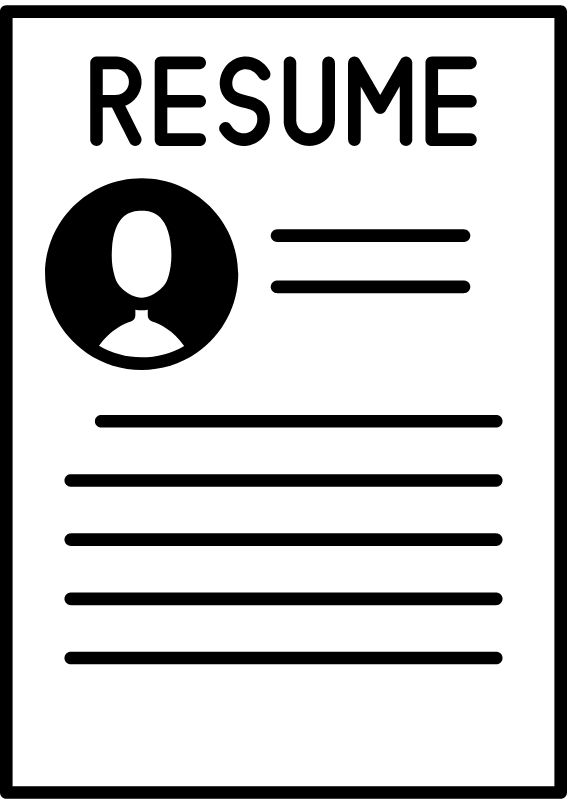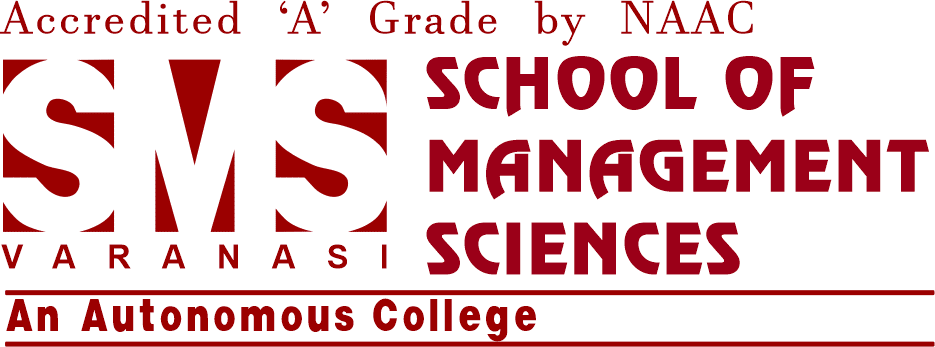“What exactly do recruiters want to see? This is a common question among freshers entering the job market. If you find yourself pondering over this, then this article is a must-read for you.
Let’s delve into the details step by step, and by the end of this article, you’ll have a clear understanding of how to craft an effective resume.
There’s a prevailing myth among young individuals that a CV and a resume are the same thing. However, that’s not accurate. Let’s explore the distinctions.
What is a Resume?
A resume is a concise summary of your personal, educational, and professional background, highlighting your experience and achievements, which is used for job applications.

What is a CV?
A Curriculum Vitae (CV) is a comprehensive summary of your educational and professional history, providing detailed information about your experience. It is also used for job applications.
Difference between a Resume and a CV:
The main distinction between a CV and a resume lies in their length and the level of detail provided by the candidate. A well-crafted resume typically spans no more than two pages, whereas a comprehensive CV often extends beyond two pages.
Resumes are commonly used when applying for positions in the private sector, while CVs are more commonly required for public sector roles, particularly academic positions. Let’s take a closer look at the formats of these two documents:”
Before embarking on the task of building your resume, it’s crucial to keep a few key points in mind:
Select a word processor: The choice of word processor plays a significant role in creating an impressive resume. Using the latest software version allows you to leverage additional functionalities, making your resume more visually appealing and impactful. I recommend using MS Word 2016, as it offers a comprehensive set of features.
Plan the structure of your resume: Prior to diving into the actual writing process, take a moment to conceptualize the overall framework of your resume. Consider how it should be organized, its visual appearance, and other important elements. Avoid rushing through this step; instead, invest adequate time and deliberation, as it can significantly influence your future prospects
When it comes to job applications, one question that often plagues the minds of freshers is, “What do recruiters want to see?” If you find yourself asking the same question, this article is for you.
In this comprehensive guide, we will walk you through the step-by-step process of creating an impressive resume that showcases your qualifications and maximizes your chances of landing that dream job. But before we dive in, let’s clarify a common misconception: the difference between a resume and a CV.

Understanding the Distinction:
A resume is a concise summary of your personal, educational, and professional background, highlighting your relevant experiences and achievements. On the other hand, a Curriculum Vitae (CV) is a more detailed account of your educational and professional journey, often used for academic positions or the public sector.
Differentiating Factors:
The primary distinction lies in the length and level of detail. A well-crafted resume typically spans no more than two pages, while a comprehensive CV can extend beyond that limit. Additionally, resumes are commonly used for private sector job applications, whereas CVs are more prevalent in the public sector, particularly for academic positions.
Now, let’s explore the six essential steps to create an effective resume that catches the attention of hiring managers:
Self-Reflection and Awareness:
Before you embark on the resume-building process, take the time for introspection. Understanding your strengths and weaknesses is crucial for excelling in interviews. Adapt your strengths to align with the requirements of the company while making conscious efforts to improve upon your weaknesses.
Gathering Personal and Educational Information:
Collect all relevant personal and academic qualifications to avoid last-minute rush. Arrange them chronologically or in descending order, depending on the company’s preference. Include course certifications and noteworthy achievements in various fields to further enhance your profile.
Structuring Your Resume:
With the gathered information, begin writing your resume with a clear and focused mindset. Follow a structured sequence while presenting the details. Here’s a suggested format:

Resume heading
Full Name: (including email and mobile number)
Street Address: (current address with pin code)
City:
State:
Next, include the following sections:
Profile/Objective: Provide an overview of your qualifications and achievements relevant to the company’s requirements. Consider writing a Statement of Purpose (SOP) to convey your motivations for joining the company.
Education and Certifications: Highlight your educational background and any relevant certification courses. This section provides the hiring manager with a snapshot of your knowledge and qualifications.
Achievements: Don’t hesitate to showcase any awards or certificates you have earned. Embrace your achievements with confidence, as they reflect your capabilities.
Skills: List your skills directly related to the company’s work profile, using bullet points to make them visually appealing.
Choosing a Resume Layout:
While there are numerous templates available online, opt for a layout that resonates with your preferences and showcases your professionalism. Remember, you may be asked to justify your choice during an interview. A simple layout can leave a lasting impression, demonstrating your simplicity and attention to detail. Consider the three popular options: chronological, functional, or combination layouts.
Alt text- Resume Layout
Mastering Resume Formatting:
Keep the formatting clean and straightforward to enhance readability. Stick to simple fonts like Times New Roman or Arial, as they convey professionalism and ease of comprehension. Remember, hiring managers appreciate clear and error-free content, so proofread your resume meticulously before submitting it.
Proofreading and Finalizing:
Proofread your resume meticulously to catch any grammatical or typographical errors. Such mistakes can create a negative impression and potentially cost you the job opportunity. Once you’re confident in the accuracy and quality of your resume, print it out on high-quality paper for a polished presentation.
By following these six steps, you’ll be well on your way to building a strong resume that increases your chances of acing the interview and securing your desired job offer.

Conclusion:
In conclusion, crafting an effective resume is crucial for freshers entering the job market. Recruiters have specific expectations, and understanding these can significantly improve your chances of success. Differentiating between a resume and a CV is essential, as they serve different purposes and require distinct formats. By following the six steps outlined in this article, from self-reflection and gathering information to structuring, choosing a layout, formatting, and finalizing, you can create a standout resume that impresses hiring managers and helps secure the job offer you desire. Remember to invest time and effort into this important document as it plays a pivotal role in shaping your professional future. Good luck!




